Lasts (Molds)
Design lasts that are wider in the toe box and forefoot area. A last is a three-dimensional mold around which the shoe is constructed.
Creating wide-fit shoes involves specific design considerations to ensure comfort and functionality for individuals with wider feet. Here's a general guide on how to make wide-fit shoes:
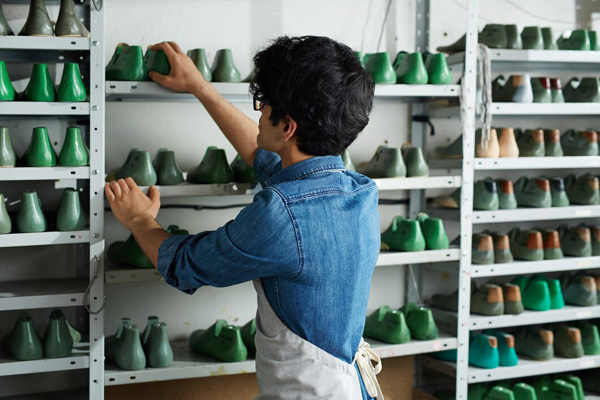
Design lasts that are wider in the toe box and forefoot area. A last is a three-dimensional mold around which the shoe is constructed.
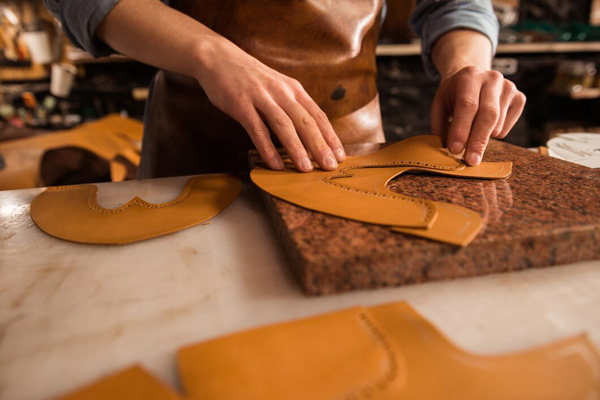
Choose flexible and breathable materials that can comfortably accommodate wider feet without causing pressure points. Soft leathers, mesh, or stretchable fabrics work well.
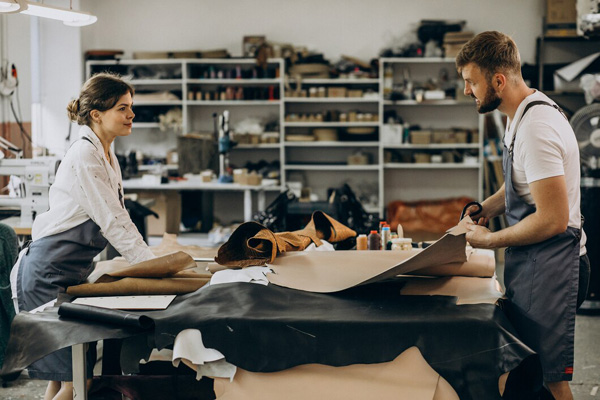
Use a soft and moisture-wicking lining to enhance comfort.
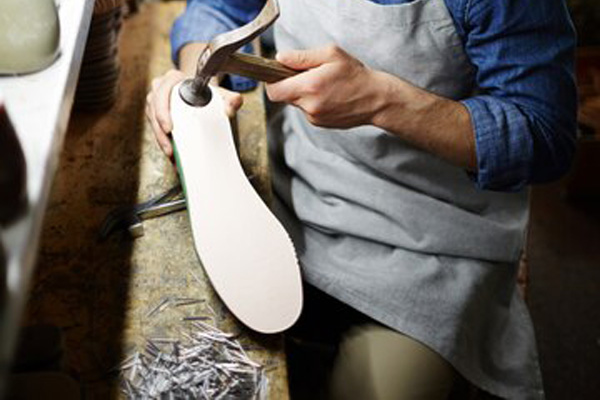
Design a wider insole and midsole to provide proper arch support and distribute weight evenly.
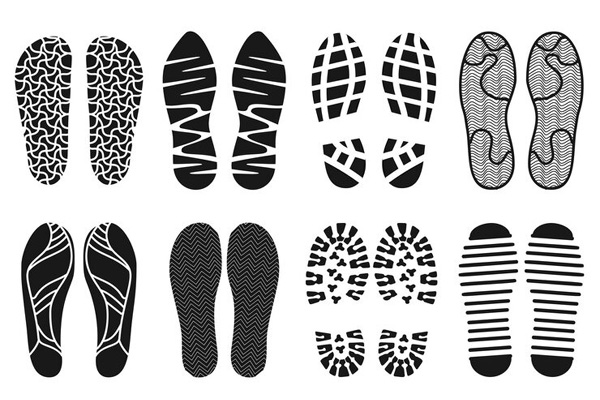
Consider a wider outsole for stability and balance. Choose materials with good traction.

Ensure a wider and deeper toe box to prevent crowding and allow the toes to spread naturally.
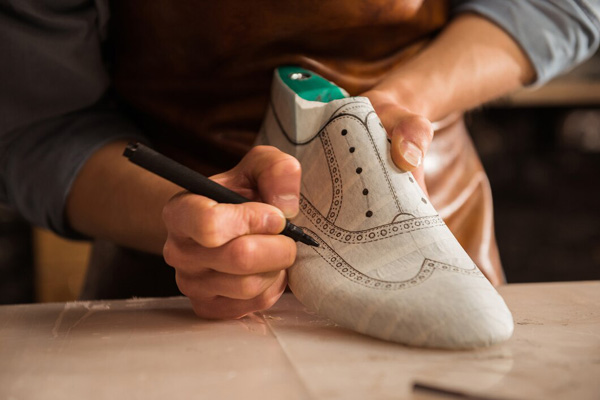
Adjust the last to have a wider ball girth and a broader heel, providing extra room where needed.
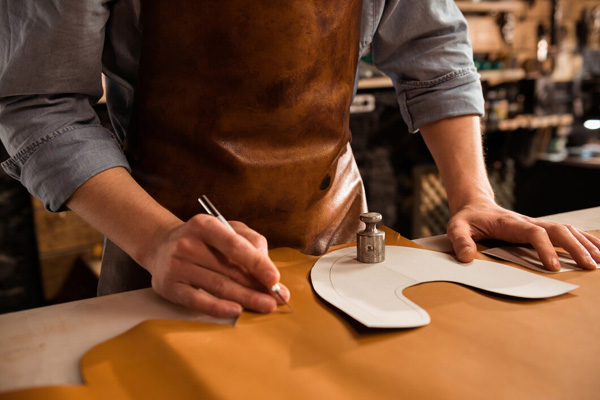
Create patterns that reflect the wider dimensions of the last, ensuring that the upper pieces can be assembled to fit the wider last.
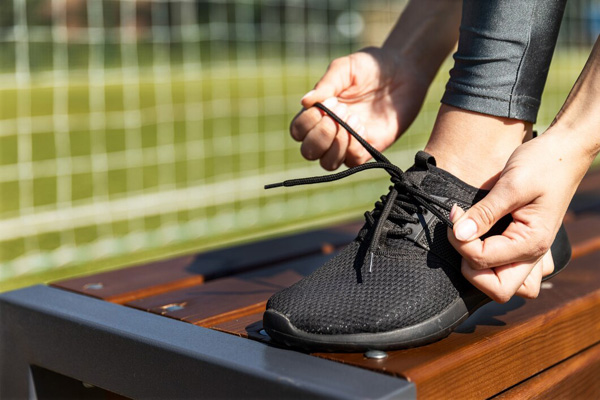
Choose a closure system that allows for easy adjustment and accommodates various foot shapes. Adjustable straps, laces, or buckles can be effective.
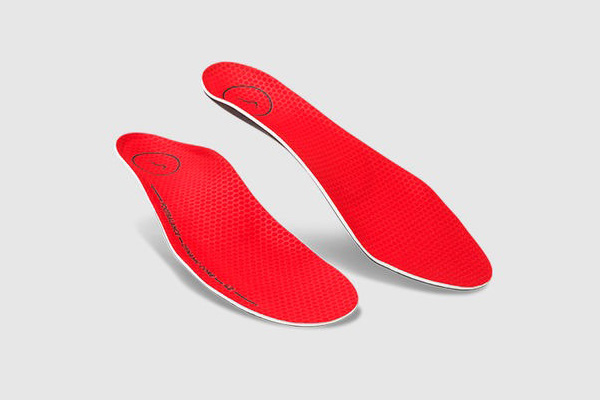
Integrate ample cushioning in the insole and midsole for comfort and shock absorption.
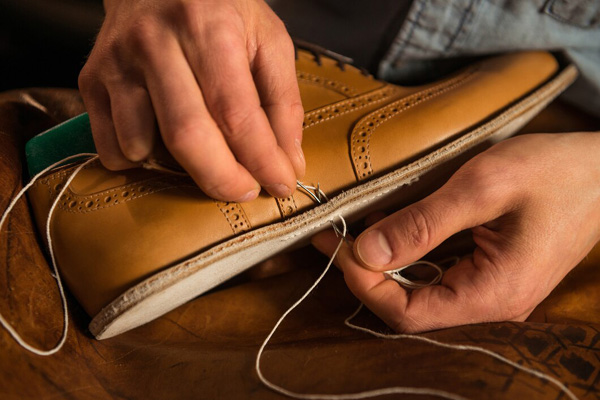
Carefully plan the placement of seams to avoid potential friction points that could cause discomfort or irritation.
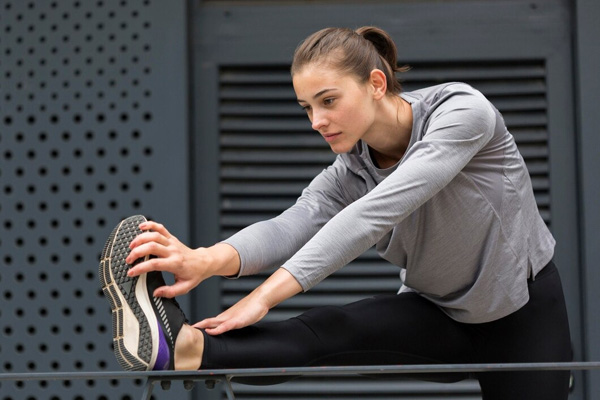
Ensure the shoe has appropriate flexibility, especially in the forefoot, to accommodate the natural movement of wider feet.
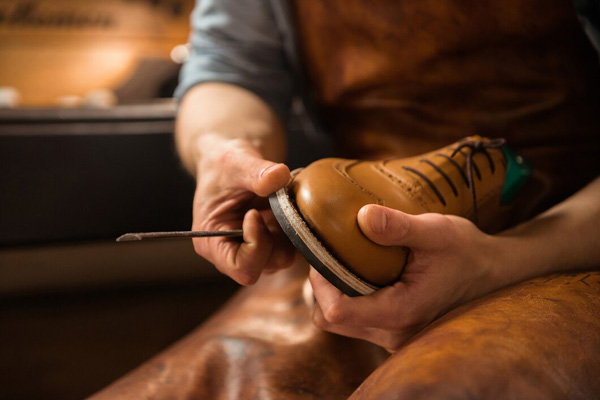
Create prototypes and conduct thorough testing with individuals who have wider feet to gather feedback on fit and comfort.

Use feedback to make necessary adjustments to the design, last, and materials. Iterative testing is crucial for refining the wide-fit design.
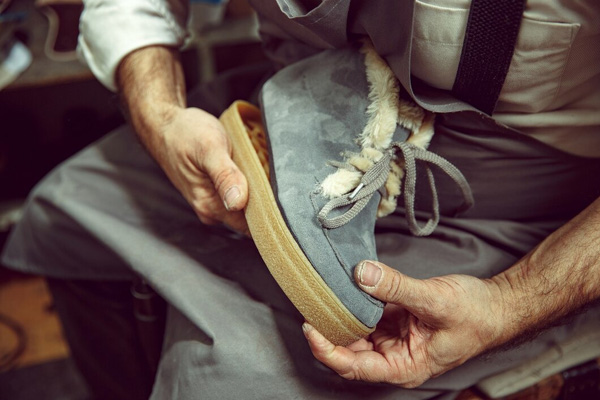
Ensure that your wide-fit shoes comply with footwear industry standards and regulations to guarantee safety and quality.
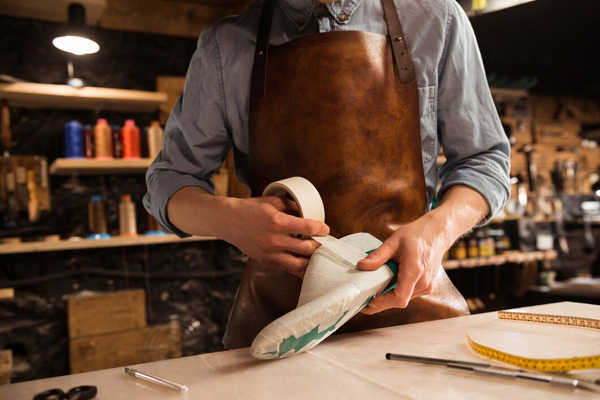
Consider inclusive design principles to make your wide-fit shoes accessible to individuals with various mobility needs.
Remember that working with podiatrists and experts in foot anatomy can be beneficial in creating shoes that truly cater to the comfort and health of individuals with wider feet.